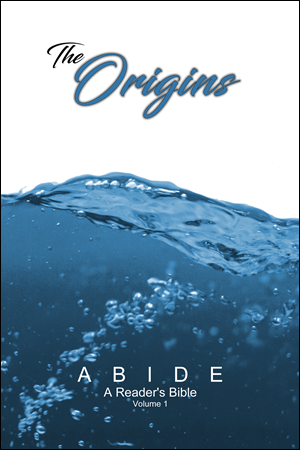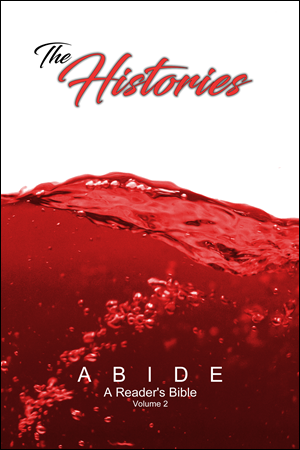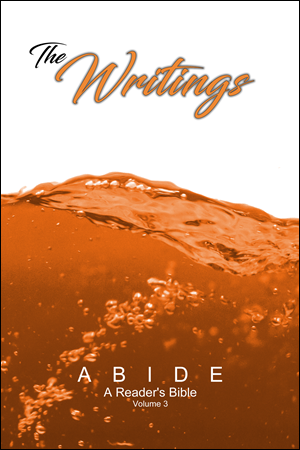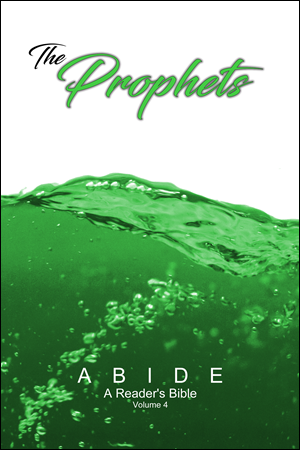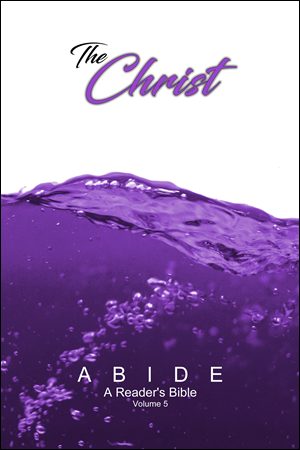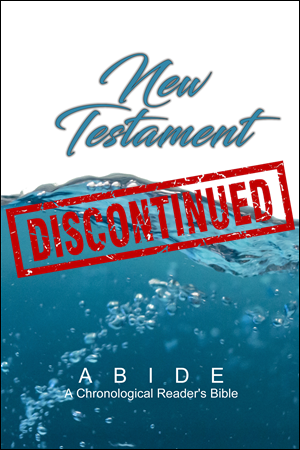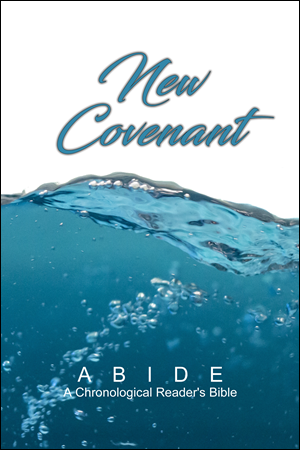ABIDE: A Reader's Bible
The individual books of the Bible were not written with chapters and verses. The biblical authors intentionally wrote their works structured with natural sections. Most people are unaware that chapters and verses are 700 and 500 years old respectively. Cardinal Stephen Langton, Archbishop of Cantebury, a professor at the University of Paris, created the chapter system that we are all familiar with in the 13th century (A.D. 1205). His reason? He was composing a Bible commentary. He required a way in which to reference more specific portions of Scripture. His contemporary, Cardinal Hugo de Sancto Caro, also created a chapter system between A.D. 1244 and 1248. Robertus Stephanus (sometimes called Robert Estienne), a French printer and scholar, created the verse system that we are all familiar with in the 16th century (A.D. 1551). His reason? He was composing a Bible concordance. He required a way in which to reference smaller portions of biblical passages.
While these men might have had good intentions for reference purposes, nevertheless this practice is rooted in paganism. Greek philosophers, such as Aristotle, began dividing their favourite books into chapters and giving each sentence a number so that they could quickly find the page of a book they were arguing from. This gave birth to the proof text methodology, which the Greek philophers raised to an art form. Our cross reference systems are based on this same proof text philosophy. Here is how it works: First you choose your topic. Then you pick out a series of randomly isolated verses from all over Scripture, from Genesis to Revelation. Then you take the verses you have selected by ripping them out of their immediate context and arrange them in some sort of order . . . probably one that reinforces your view and interpretation on your chosen topic. Voila! A doctrine that is "absolutely the Word of God."
The Bible is Yahweh's Word, the story of redemption. It enables us to discover Yahweh and His story, inviting us to step into it. The Bible was meant to be read—not turned into something merely for referencing. Chapters and verses make reading the Bible harder, making it more difficult to follow an author's intended thought process and see the natural structures they had included originally. While chapters and verses can be helpful in some ways, more often than not they impede the natural structure of each book of the Bible, unconsciously informing the reader of false starting and stopping points; even though a natural thought, subject, or discussion could span from the end of one chapter into the beginning of the next chapter.
A Bible designed for reading, rather than reference, makes reading the Bible more enjoyable! It allows you to see the Bible in a whole different—and natural—light. There is just something about reading a book of the Bible in the manner in which the author originally penned it—as one continuous book or letter.
Welcome to ABIDE!
